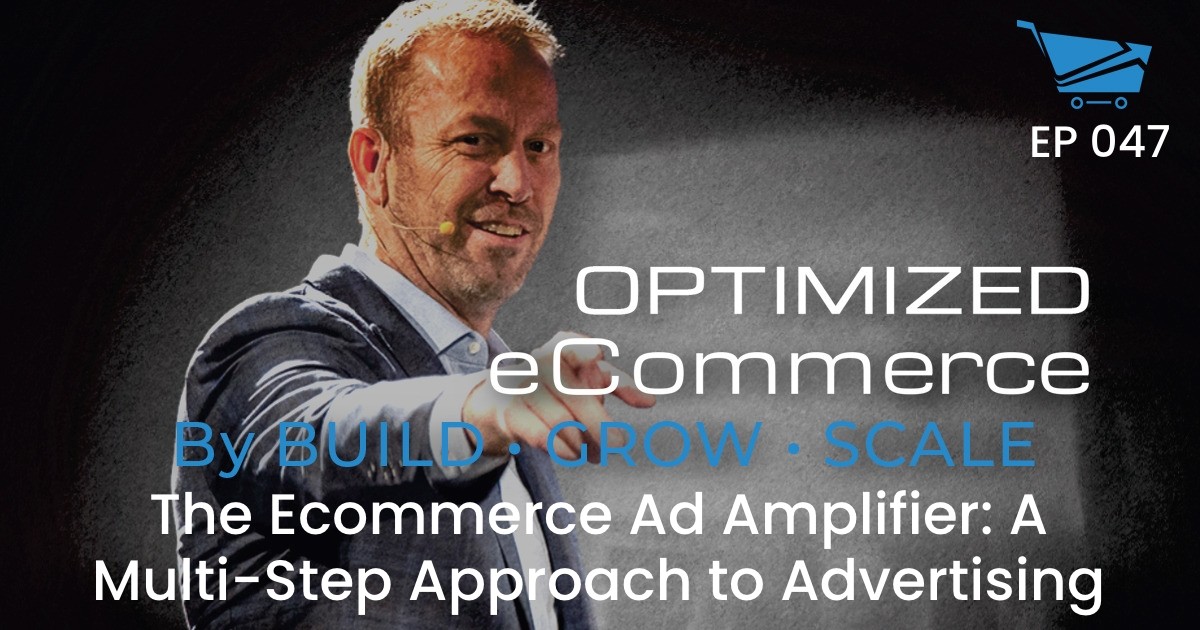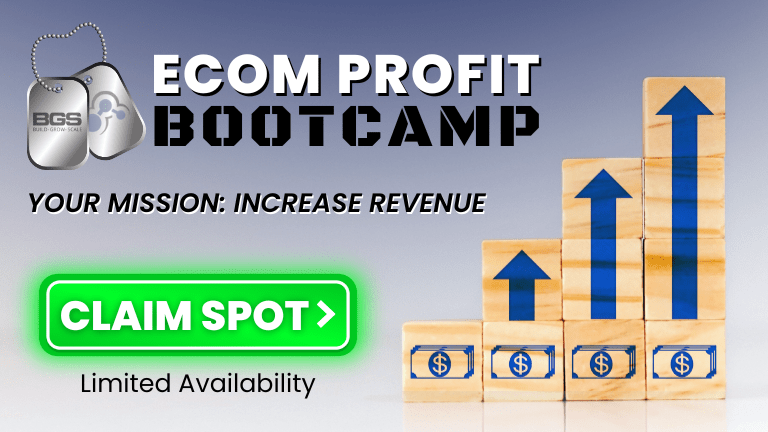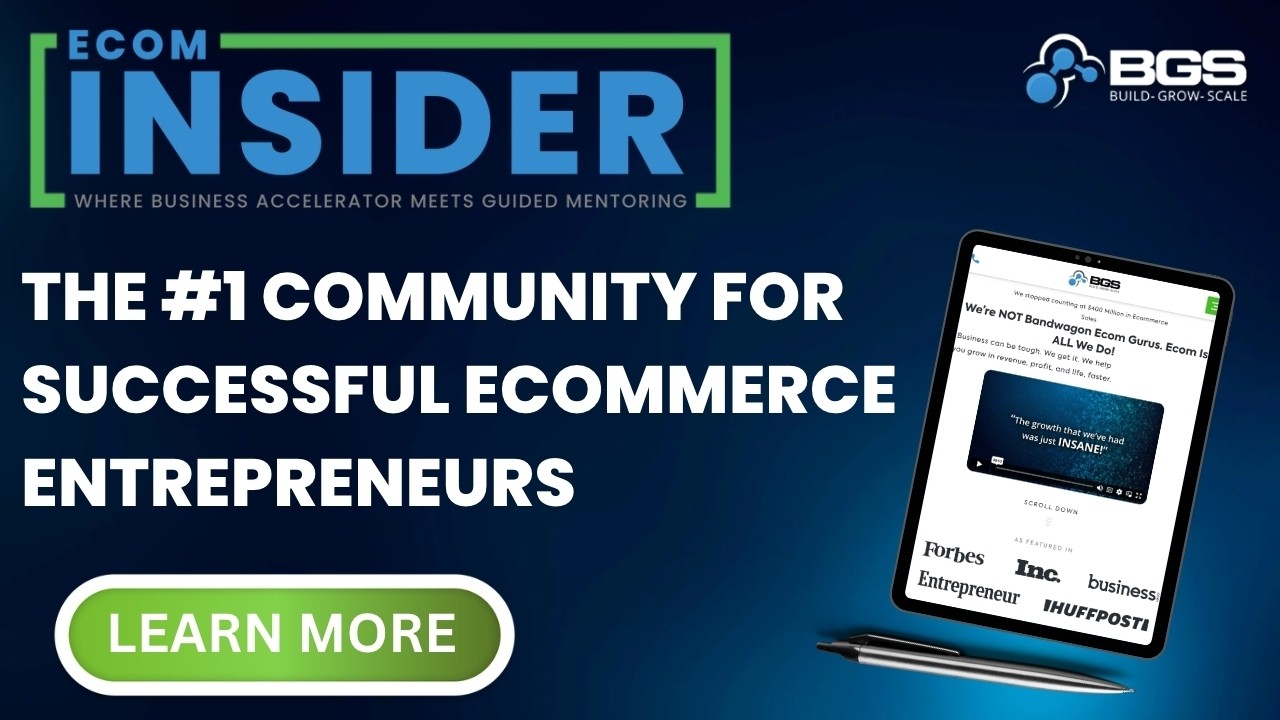Optimized Ecommerce EP 047 – The Ecommerce Ad Amplifier: A Multi-Step Approach to Advertising

Welcome to Episode 047 of Optimized Ecommerce – The Ecommerce Ad Amplifier: A Multi-Step Approach to Advertising. I’m your host, Tanner Larsson, CEO of BGS.
BGS means Build Grow Scale! It is a community that we founded where eCommerce entrepreneurs and physical product sellers come to learn how to take their businesses to the next level.
Our special guest this week is Ralph Burns, Founder and CEO of Tier 11—and it’s his second time on Optimized Ecommerce!
Tier 11 is an Ad agency that helps scale and grow businesses faster through Facebook and Instagram ads. Ralph and his team has been running ads since 2010—bringing more sales, leads, growth, and traction to dozens of industries!
Here’s just a taste of what we talked about today:
Ralph discussed in detail the five levels of Ecommerce Ad Amplifier.
- Level 1: Cold Traffic
In most cases, the majority of Ad spend is cold traffic. For the entire year, our Ad spend is 70% to 80% on cold traffic because that’s what matters the most. It doesn’t matter that you can convert to people who have added to your cart because they already know who you are. They’re already about to buy.
- Level 2: Engage and Page Views
At this level in the product campaign, people have watched a certain percentage of your video and possibly even clicked through to your site. This is your “Lightly Engaged” audience.
- Level 3: View Content
At level 3, you need to speak to your customers differently depending on their level of awareness. Your audience should be seeing reminder ads for related products they’ve already engaged with.
- Level 4: Add to Cart
At “Add to Cart”, your consumer is close to making a purchase. It’s extremely important that the messaging you give to this kind of audience inspires them to take that final action and become lifelong customers.
- Level 5: Purchases
The final level is your Level 5 audience members. These are your purchasers—the customers who’ve already bought your product. They should see messages reminding them to purchase again, restock, or become a VIP.
We also discussed a few other fun topics, including:
- Behavioral Remarketing in the back end.
- How to dial-in on the communication between buyers and maximize the money that comes from them.
- The different personality types of buyers.
But you’ll have to watch or listen to the episode to hear about those!
How To Stay Connected With Ralph Burns
Want to stay connected with Ralph? Please check out their social profiles below.
- Website: TierEleven.com
- Facebook Profile: Facebook.com/tiereleven
- Linkedin: Linkedin.com/company/tiereleven
- Instagram Handle: Instagram.com/tier_11/?hl=en
Resources
Also, Ralph mentioned the following items on the show. You can find that on:
- Ads Accelerator ™
- The Ecommerce Ad Amplifier™ [Blog Post]
- Tier 11 The Ecommerce Ad Amplifier [Image File]




